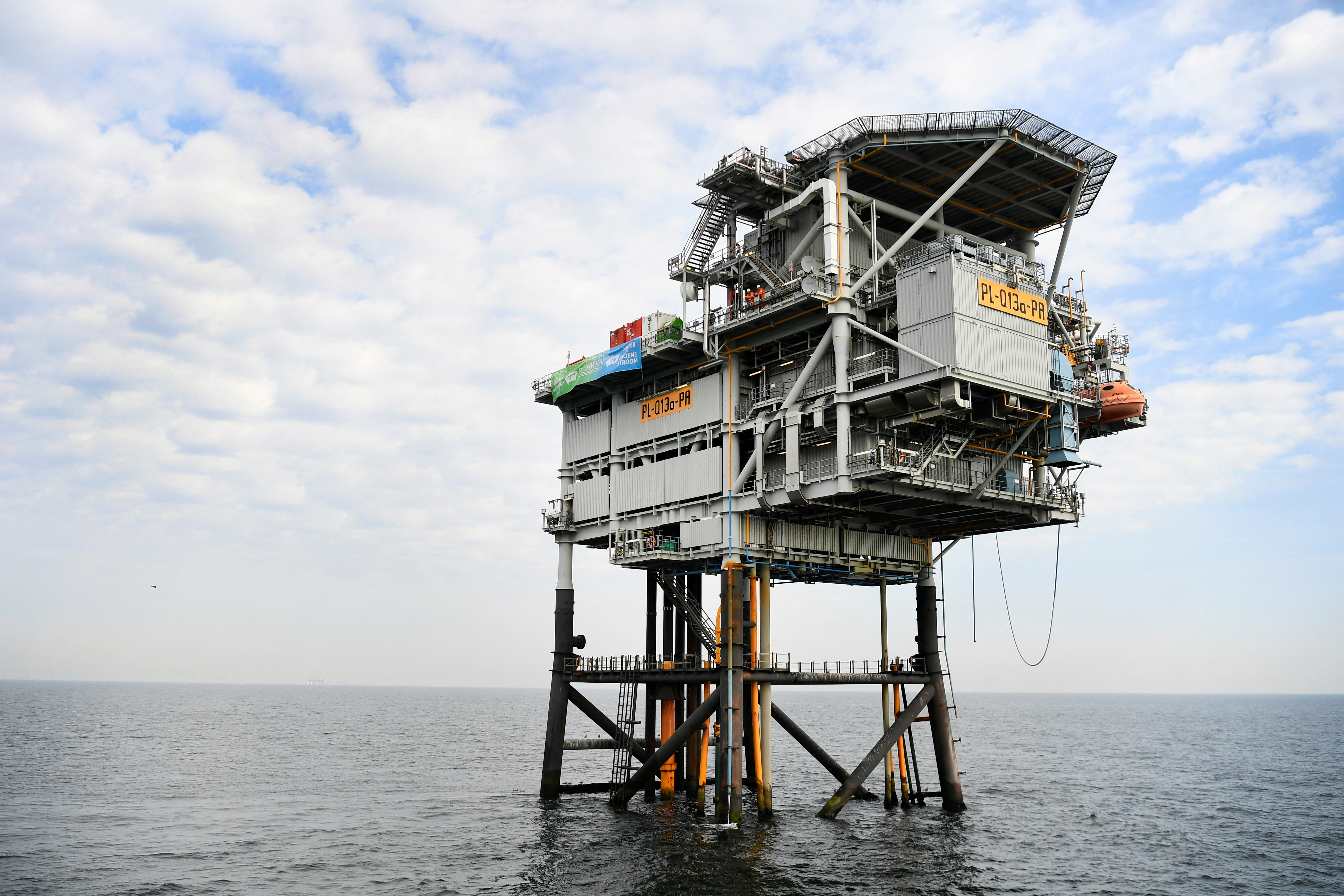
MELBOURNE, Oct 5 (Reuters Breakingviews) – Terry Kallis cancelled development of a 6-gigawatt green hydrogen facility in South Australia in May. His Kallis Energy Investments encountered an insurmountable problem: a lack of water. It’s just one of the 680 or so large-scale hydrogen projects under consideration around the world, per the Hydrogen Council, which estimates some $700 billion of investment is needed by 2030 to hit net-zero emissions targets. Plenty of those are likely to die of thirst, too.
Large companies including BP , Fortescue Metals (FMG.AX) and Reliance Industries (RELI.NS) are leading the charge into green hydrogen, so called because it’s manufactured using renewable energy rather than carbon-emitting fossil fuels. It even helped Fortescue notch up a stock-market premium to rivals. A search for mention of water in prospective producers’ statements, though, tends to yield nothing. That raises concerns they’re either ignoring the risks, or underestimating how much they’ll need, the challenges of securing it, and how much it will cost. Kallis, at least, had taken the rare step of flagging the H20 concern from the start.
Much is riding on green hydrogen’s success. From being a niche climate-change solution three or four years ago, it has morphed into something that could power everything from shipping, aviation, and large trucks to industrial processes like making steel and fertiliser. The International Renewable Energy Agency (IRENA) estimates green hydrogen could account for almost a tenth of global final energy use by 2050.
Water is one of the three key inputs for manufacturing it, along with renewable energy and the electrolyser that splits H2O into its constituent parts of hydrogen and oxygen. Trouble is, generating the required power usually means building factories either in areas where industry, agriculture and households are already heavily competing for the resource, or in hot, sun-drenched regions suitable for solar panels. Estimates on how much water is needed to make green hydrogen vary wildly. That’s problematic as some 85% of planned facilities are in regions suffering from medium to high water stress, per consultancy Bluefield Research.
STUCK ON STOICHIOMETRY
The International Energy Agency, the Australian government’s National Hydrogen Roadmap, Goldman Sachs(GS.N) and others state that it takes nine to 10 litres of water to create one kg of hydrogen. That only accounts for the final stage when water’s two elements are split, known as the stoichiometric process. Getting to that point requires a larger amount of water. Yet more is needed to keep the electrolyser cool.
All in, Bluefield reckons that could take the total to 24 litres. Engineering consulting firm GHD puts it between 60 litres and 95 litres per kg for freshwater. Yarra Valley Water, a Melbourne utility that unveiled a green hydrogen pilot programme last month, pegs the upper end for the industry as a whole at some 80 litres.
Another source of water is desalination, which involves removing salt from seawater, but it is more water intensive. It also adds extra construction and maintenance costs, including for the vast amounts of brine produced, and approvals for such facilities, if granted, can take years.
Saudi Arabia intends to use it to produce green hydrogen — and drinking water — at its planned NEOM city on the Red Sea. BP and Norwegian fertiliser maker Yara International(YAR.OL) confirmed to Breakingviews they are considering using treated seawater in their plants in Western Australia, without disclosing how much they will need. Another option is using wastewater. BP is mulling that for another of its projects Down Under. Yarra Valley Water will tap its treatment plant for its new operation.
EXPENSIVE OVERSIGHT
Miscalculating water needs will, at worst, leave green hydrogen projects high and dry. For others, it will impact the estimated cost of production. Technological advances in renewables and electrolysers should reduce the outlay from the current average of around $5 per kg. The U.S. Inflation Reduction Act’s tax breaks could lop up to $3 off that almost immediately; others, including Reliance Industries boss Mukesh Ambani, reckon it could drop to just $1 by the end of the decade without incentives. Because water is routinely under-priced, IRENA and others estimate it’ll account for at most 2% of production expenses, even with desalination.
If such assumptions are based on needing nine litres of water per kg, there’s a shock coming. Bump it up to 300 litres — the midpoint of GHD’s range for seawater needed — and that’s as much as 60 cents per kg for desalination alone, Breakingviews calculates using data cited by University of Delaware researchers. Trouble is, much of this is educated guesswork: prospective producers contacted by Breakingviews would not provide any numbers.
It wouldn’t be the first time that big companies suffer from water blindness. It caused delays to Tesla’s (TSLA.O) Berlin factory even though boss Elon Musk laughed off concerns, and forced Barrick Gold (ABX.TO) to write off $7.5 billion on one South American mine.
The imperative for decarbonisation may yet outweigh concerns over the cost, if not the availability, of water. Stakeholders, financial and otherwise, need to have all the relevant information to make that call, though. A campaign for transparency about green hydrogen’s water needs would be an ideal one to be championed by the Valuing Water Finance Initiative launched by 64 money-management firms in August. It could help others like Kallis to avoid pouring money down the drain.
Follow @AntonyMCurrie on Twitter
(The author is a Reuters Breakingviews columnist. The opinions expressed are his own.)
CONTEXT NEWS
Fortescue Metals on Oct. 5 said it will more than double its green energy arm’s planned capital expenditure for its fiscal year to the end of June 2023 to $230 million.
That will allow the unit, Fortescue Future Industries, to invest in a green hydrogen import facility with Germany’s Tree Energy Solutions.
Share This:




 CDN NEWS |
CDN NEWS |  US NEWS
US NEWS 



























